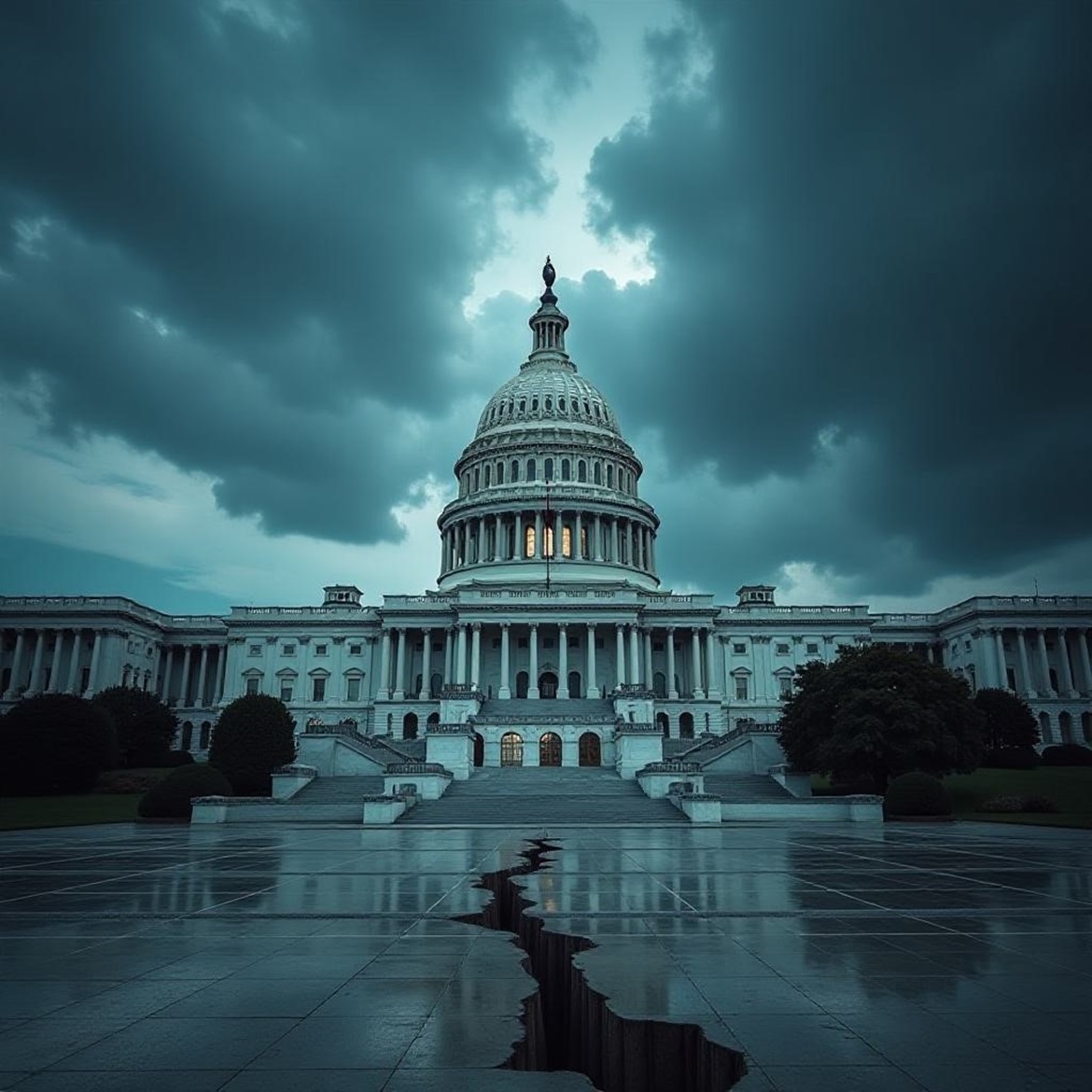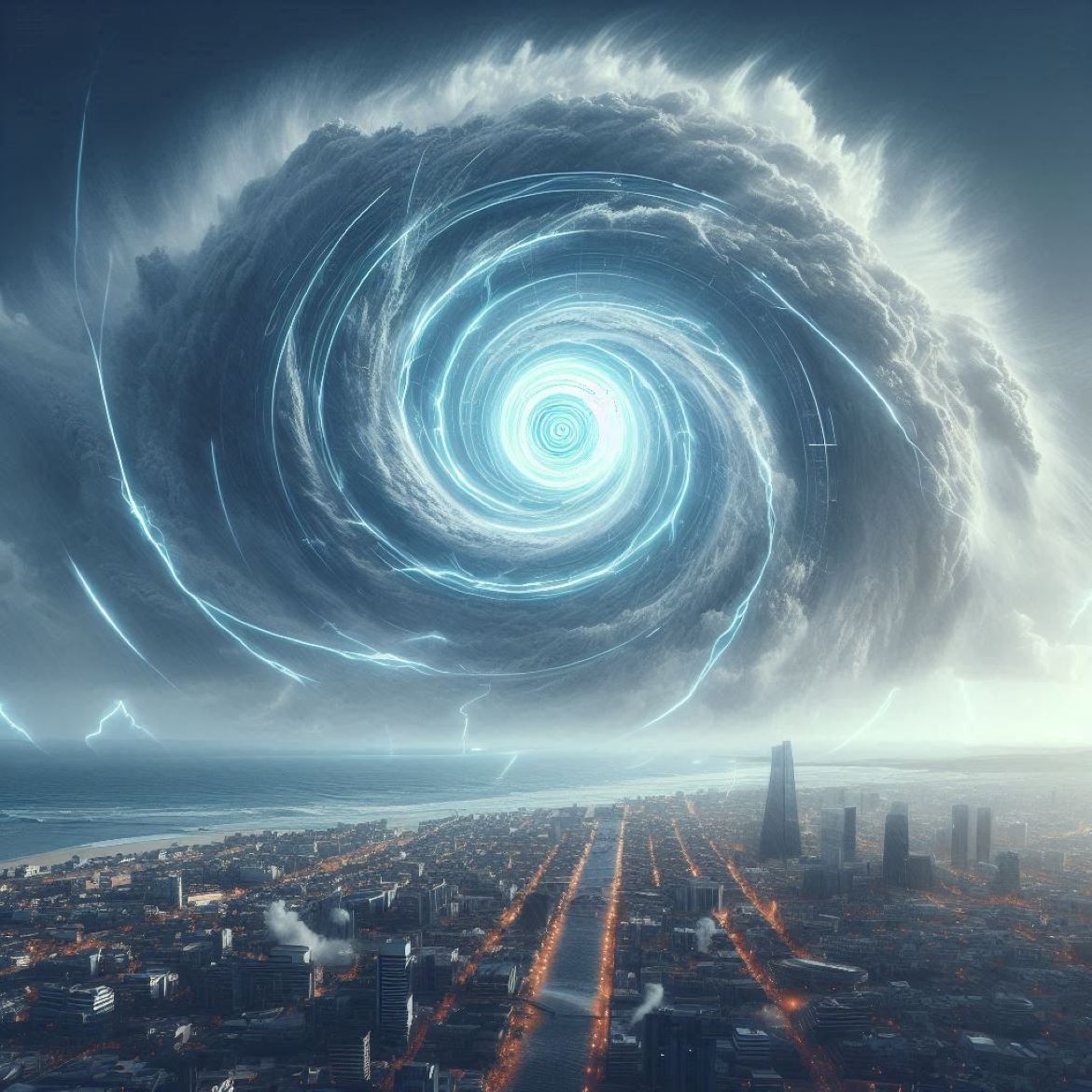In times of crisis, whether it’s a terrorist attack, a natural disaster, or a health emergency, most of us naturally look to our governments for guidance and protection. We’re told that swift, decisive action is necessary to preserve order and keep us safe. But what happens when governments use these moments of vulnerability not just to protect, but to expand their control over society? History shows that in many cases, fear is not just a reaction to danger, but a tool—one that can be skillfully wielded to justify sweeping changes in law, policy, and everyday life.
This article explores how crises, both real and exaggerated, can become opportunities for governments to stretch their powers far beyond what’s necessary. By the time the dust settles, citizens often find themselves living under new rules that infringe on freedoms, all under the guise of safety. But is it worth the cost?
The Rise of the Security State
Since the early 2000s, there’s been an undeniable shift in how governments respond to terrorism and threats of violence. After the 9/11 attacks, for example, the U.S. government passed the Patriot Act, a law that significantly expanded surveillance powers. Ostensibly, it was meant to keep us safe from terrorism, but in reality, it allowed the government to tap phones, monitor emails, and track financial transactions on a scale previously unimaginable.
On the surface, these actions seem reasonable. After all, who wouldn’t want to prevent another devastating attack? The problem arises when these temporary “emergency measures” become permanent fixtures. The Patriot Act was supposed to sunset, but many of its provisions have been renewed or expanded over time. As of today, they remain an entrenched part of U.S. law. What began as a response to terrorism has morphed into a vast surveillance apparatus that keeps tabs on ordinary citizens, all in the name of national security.
The lesson here is simple: once governments gain new powers, they rarely give them up. Crises serve as convenient moments to push through measures that would normally meet fierce resistance. And when the immediate danger fades, the laws don’t.
Natural Disasters: A Convenient Excuse
Natural disasters, too, offer governments a window to exert control. Take Hurricane Katrina, for instance. The devastation in New Orleans was unprecedented, but so was the government’s response. The federal authorities, along with the National Guard, imposed martial law in parts of the city. Property was seized, curfews were enforced, and personal freedoms were severely restricted in the name of restoring order.
These actions were presented as necessary to prevent looting and chaos, but they also set a dangerous precedent: in times of natural disaster, the government can override constitutional rights. And just as with the Patriot Act, these responses often become the new normal. Post-disaster laws in various countries have given governments greater latitude to declare states of emergency, restrict movement, and monitor civilians. What’s to stop them from extending these powers indefinitely?
Health Crises: The New Frontier
Perhaps the most recent and striking example of governments using fear to expand control is the global response to the COVID-19 pandemic. In the early days of the crisis, when little was known about the virus, governments across the world acted swiftly to implement lockdowns, curfews, and travel bans. In many places, these restrictions were put in place without the usual checks and balances that protect individual rights.
Initially, these measures were presented as temporary. But as the pandemic wore on, some governments took things further, requiring citizens to present proof of vaccination to enter public spaces or even leave their homes. Those who questioned these policies were labeled as dangerous or reckless, further fueling a culture of fear and division.
The power to restrict movement, enforce quarantine, or mandate medical procedures is unparalleled. In times of health emergencies, governments can—under the guise of public safety—exercise a degree of control that would be unthinkable under normal circumstances. And while it’s true that public health is important, one has to wonder: when does the balance tip too far toward authoritarianism?
Once governments have the power to tell us where we can go and what we can do, there’s little stopping them from finding new ways to exercise that power, long after the crisis is over.
Fear as a Political Weapon
The common thread through all these examples is the use of fear as a tool. When people are scared, they are more willing to accept government overreach. Whether the fear comes from terrorism, natural disasters, or disease, the result is the same: citizens trade liberty for the promise of security, and governments quietly expand their reach.
This isn’t just a hypothetical. In countries around the world, we’ve seen how fear can be used to justify oppressive regimes. Dictators and autocrats often rise to power in times of crisis, using the instability to suspend elections, jail political opponents, or crush dissent. And even in democracies, the same pattern can be observed. Crisis moments allow governments to bypass normal processes, silence critics, and implement drastic changes under the radar.
What Happens After the Crisis?
One of the most troubling aspects of these power grabs is how difficult it is to undo them. Once a government has expanded its control, it’s rare to see those powers scaled back. In fact, the opposite tends to happen: they become institutionalized, part of the standard operating procedure for dealing with future crises.
And while citizens may initially support these measures in the heat of the moment, they often come to regret them once the immediate danger passes. Unfortunately, by then, it’s usually too late. Governments may claim that these laws are for our own good, but history suggests otherwise.
Staying Vigilant
It’s important to remember that governments, by their very nature, are always seeking more control. Crisis moments offer the perfect cover to push through laws and policies that would never be accepted under normal circumstances. We must remain vigilant and question whether the measures being implemented in times of emergency are truly necessary—or whether they are just a convenient way for governments to consolidate power.
Ultimately, the best way to protect our freedoms is to recognize that fear is often weaponized. Instead of blindly accepting every new law or restriction in the name of safety, we should ask ourselves whether we’re willing to sacrifice our liberty in exchange for security—especially when that security may come at the cost of our most fundamental rights.




